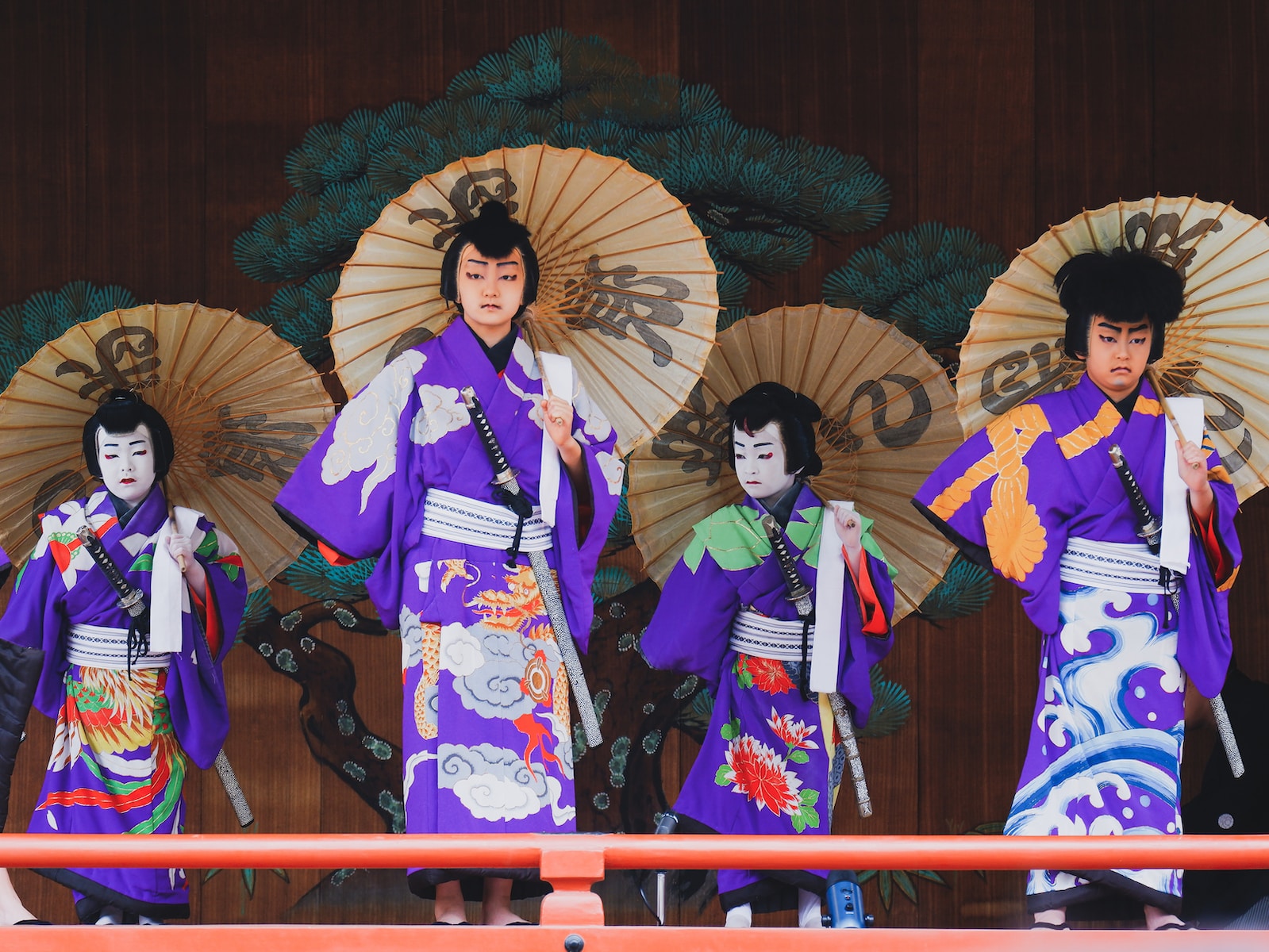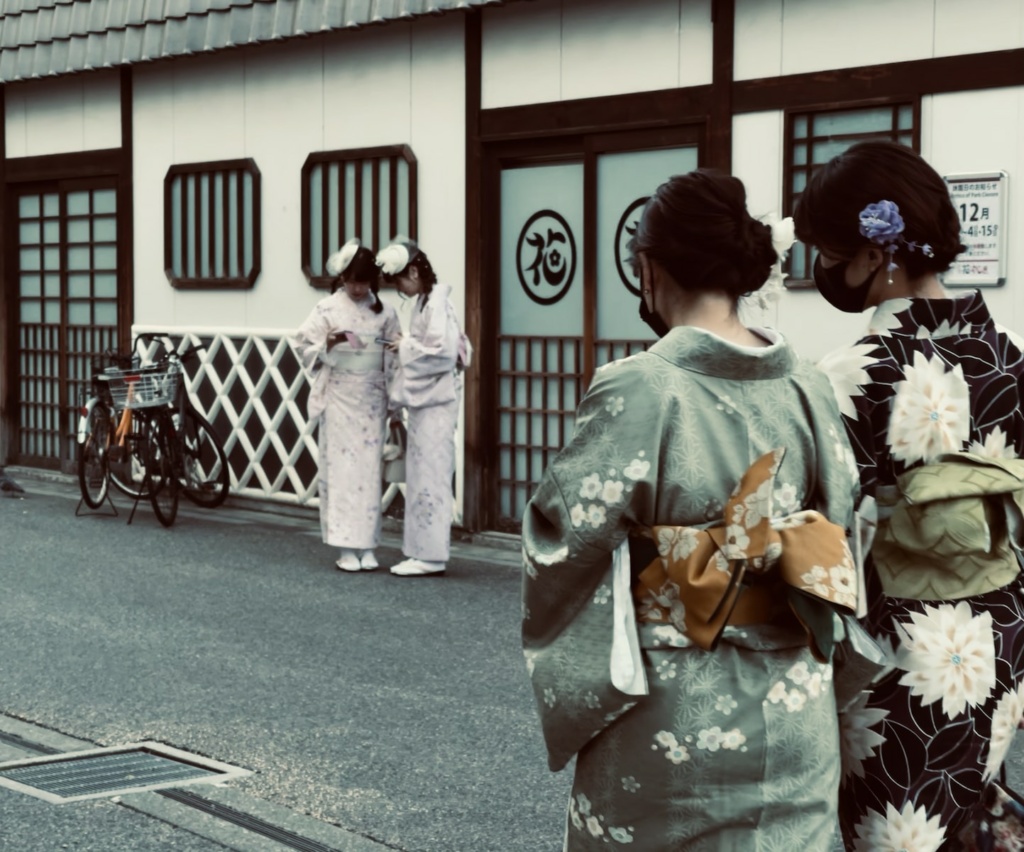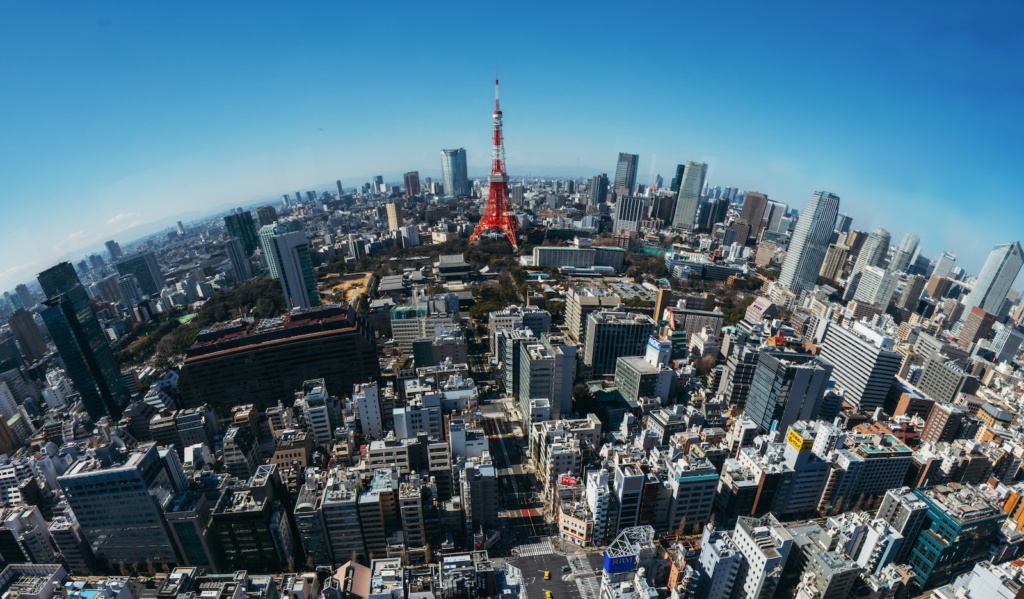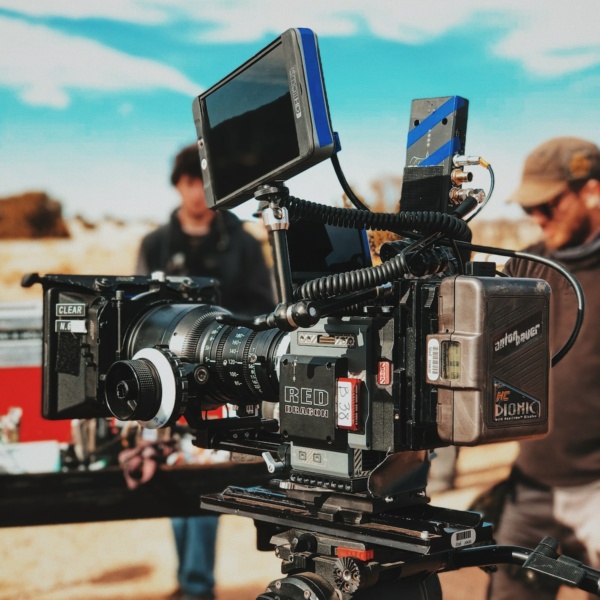
Hello, fellow cinephiles and cultural explorers! Emma here, your trusty cinematic tour guide, and today, we’re embarking on a colorful journey through the world of anime—a realm where storytelling meets cultural diplomacy. In this article, we’ll explore how anime has evolved from being merely entertainment to a powerful cultural ambassador, promoting Japanese culture far beyond its borders. So, don your cosplay and join me as we delve into this fascinating topic, sprinkled with a dash of humor and enriched with real-world examples.
Anime: More Than Just Cartoons
To many, anime might seem like “just cartoons,” but it’s a vibrant and diverse medium that encompasses a wide range of genres and themes. Beyond its entertainment value, anime has become a potent tool for introducing the world to the multifaceted aspects of Japanese culture.
Example: “Your Name” (2016) directed by Makoto Shinkai, beautifully showcases the traditional Japanese custom of making sake, highlighting the role of craftsmanship in Japanese society.
Example: “March Comes in Like a Lion” (2016) delves into the world of shogi (Japanese chess) and its cultural significance.
Anime Diplomacy: A Global Bridge
Anime has the remarkable ability to transcend language and cultural barriers, making it a global phenomenon. It serves as a bridge connecting people from different backgrounds, fostering international friendships and curiosity about Japan.
Example: The global success of “Naruto” has sparked interest in Japanese martial arts, especially ninjutsu, prompting enthusiasts worldwide to explore its origins.
Example: “One Piece” has amassed an international fanbase that often finds inspiration in Japanese maritime culture and exploration.
Language Learning Through Anime
Anime has inadvertently become a language-learning tool for enthusiasts worldwide. Many fans are motivated to study Japanese to understand their favorite series in its original language, deepening their connection with Japanese culture.
Example: The popular series “Attack on Titan” has encouraged viewers to learn Japanese to follow the intricate plot and dialogue more closely.
Example: “My Neighbor Totoro” is beloved by language learners for its simple, child-friendly vocabulary and charming storyline.
Cuisine and Anime: A Tasty Connection
Food plays a significant role in Japanese culture, and anime has a delightful way of showcasing this aspect of daily life.
Example: “Food Wars! Shokugeki no Soma” immerses viewers in the world of gourmet cooking, introducing them to Japanese culinary traditions and dishes.
Example: “Sweetness and Lightning” explores the bond between a father and daughter as they learn to cook together, sharing heartwarming moments and delicious meals.
Traditional Japanese Arts

Anime often weaves traditional Japanese arts, such as calligraphy, tea ceremonies, and ikebana (flower arranging), into its narratives.
Example: “Chihayafuru” revolves around the competitive card game of karuta and deepens viewers’ appreciation for this traditional Japanese pastime.
Example: “The Case Study of Vanitas” beautifully integrates the art of Victorian-era Paris with Japanese storytelling, creating a captivating fusion.
Cultural Festivals and Celebrations
Japanese festivals, or matsuri, are vibrant celebrations of tradition, and anime often transports viewers to these lively events.
Example: “The Melancholy of Haruhi Suzumiya” takes viewers on a cultural journey, showcasing festivals like Tanabata and the summer Comiket.
Example: “Natsume’s Book of Friends” introduces viewers to various youkai (spirits) and the traditions associated with them, offering a glimpse into Japanese folklore.
Architecture and Scenic Landscapes
Anime provides viewers with stunning visuals of Japanese architecture and scenic landscapes, from bustling city streets to tranquil countryside settings.
Example: “5 Centimeters Per Second” captures the beauty of Tokyo’s urban sprawl and the serenity of rural Japan.
Example: “Spirited Away” transports viewers to the enchanting world of a traditional Japanese bathhouse, replete with intricate architectural details.
Social Issues and Modern Japan

Anime also addresses contemporary issues facing Japanese society, offering a window into the country’s evolving culture.
Example: “Paranoia Agent” delves into the pressures of modern Japanese society, exploring the impact of social conformity and expectations.
Example: “Great Teacher Onizuka” addresses the challenges of the Japanese education system while highlighting the importance of individuality.
Tourism and Pop Culture Pilgrimages
Anime has sparked a phenomenon known as “anime tourism,” where fans visit real-life locations featured in their favorite series.
Example: “Your Lie in April” showcases beautiful cherry blossoms in Tokyo, inspiring travelers to experience Japan during sakura season.
Example: Fans of “Love Live!” embark on pilgrimages to visit the actual locations of the fictional school idol group’s performances.
Anime Diplomacy in Action
The Japanese government and organizations have recognized the influence of anime and have used it as a tool for cultural diplomacy.
Example: The “Cool Japan” initiative promotes Japanese pop culture, including anime, as a means to boost international interest in Japan.
Example: Japanese embassies worldwide often host anime-themed events and screenings to foster cultural exchange.
In Conclusion: Anime’s Global Impact
Anime’s role as a cultural ambassador has extended far beyond its origins as a form of entertainment. It has become a dynamic tool for promoting Japanese culture, sparking interest in language, cuisine, traditions, and more.
So, dear readers, as you embark on your anime adventures, remember that you’re not just enjoying captivating stories; you’re also taking a journey into the heart and soul of Japan.
Until our next cinematic exploration, “Sayonara!”


